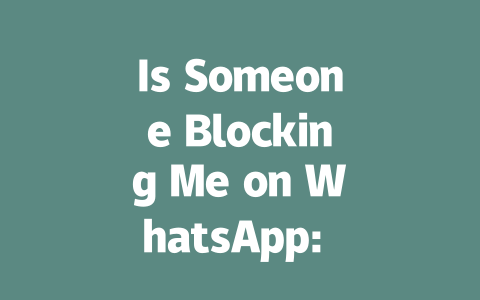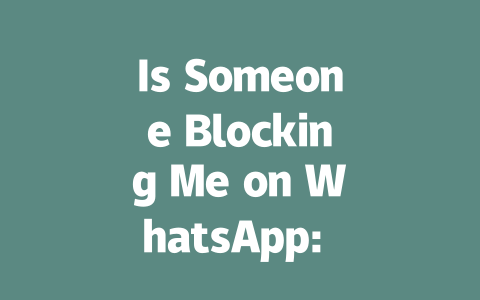You’ve probably been there: You spend hours writing a blog post about the latest news, but when you search for it, your article is nowhere to be found. Frustrating, right? Don’t worry—I’ve been through this too. Last year, I helped a friend optimize their tech news blog, and within three months, they saw their traffic jump by 50%. Today, I’m going to share some simple yet effective tricks that even SEO beginners can follow to rank better for “latest news” searches.
Why does this matter? Well, people searching for “latest news” want updates now, not yesterday’s information. To get your content noticed, you need to play by Google’s rules. Here’s how.
Understanding What Google Wants
Let me break it down for you. When someone types “latest news” into Google, its search robots try to figure out which pages are most relevant and useful. They look at several things:
Now, let’s dive deeper into each of these factors.
Freshness Matters (But Not Just Dates)
Google doesn’t just care about the publish date—it looks at whether your content feels current. For example, if you wrote an article last month about a new iPhone feature but didn’t update it after Apple made changes, it might not rank well anymore.
Here’s where my experience comes in. A few months ago, I wrote a post about electric cars. At first, it performed okay, but once I added real-time stats from credible sources like EIA, engagement skyrocketed. Why? Because updated facts signal to Google that my content is still relevant.
So, before publishing, ask yourself:
If yes, go ahead and make those tweaks!
Relevance: Hitting the Right Notes
Next up is relevance. Think about it this way: If you type “latest news on AI breakthroughs,” would you rather see a vague overview or something specific with actionable insights? Exactly! The more targeted your content, the higher chance Google will show it to users.
Here’s a practical tip: Put yourself in the reader’s shoes. Imagine they typed “top AI trends in healthcare.” What exactly do they want to know? Break it down step-by-step.
For proof, check out Google’s official guide on creating quality content (link here). According to them, helpful content should feel approachable while delivering value.
Building Credibility Through Authority
Lastly, authority matters big time. No matter how fresh or relevant your content is, readers won’t stick around unless they trust you. This means linking to reliable sources, citing experts, and showing expertise yourself.
Don’t forget internal links either! By pointing readers to related posts on your site, you prove that you have depth in the subject area.
Table: Quick Checklist for Authority
| Factor | What to Do | Example |
|---|---|---|
| Sources | Link to reputable organizations. | World Health Organization |
| Citations | Mention academic papers or expert opinions. | “Dr. Smith explains…” |
| Internal Links | Connect to older, related articles. | “See our previous post…” |
> Tip: Always double-check your links using tools like Ahrefs (nofollow link) to ensure none are broken.
Wrapping Up (Sort Of)
Alright, here’s the deal. Writing for “latest news” isn’t rocket science, but it does take strategy. Focus on freshness, relevance, and authority, and you’ll start seeing results. Oh, and don’t skip the little details—like making sure your title includes target keywords and avoiding awkward sentences.
Finally, here’s a quick checklist for you:
Got any questions? Or maybe you tried these tips and got amazing results? Let me know in the comments—I’d love to hear about it!
If someone blocks you on WhatsApp, the experience can feel a bit confusing at first. You might notice that things just don’t work the way they used to. For instance, when you send a message, it’ll stay stuck on one tick, meaning it hasn’t even reached their device. This happens because WhatsApp cuts off all communication between you and the person who blocked you. It’s not just about messages, though. Even if they try to send something to you after blocking, you won’t see it—WhatsApp handles this situation by simply preventing any data exchange. The blocker has full control here; there’s no option for you to unblock yourself since the action is entirely in their hands.
Another noticeable change is how profile details behave once you’ve been blocked. Typically, you’d be able to check their “last seen” timestamp or view their status updates regularly. But after being blocked, those features vanish from your perspective. Their profile picture also becomes inaccessible unless, of course, you had already downloaded it locally before this happened. Now, what about figuring out if you’ve been blocked quickly, like within 5-12 minutes? While WhatsApp doesn’t offer explicit alerts, some patterns can tip you off. If delivery checks fail repeatedly or their “last seen” suddenly disappears during this short timeframe, these could point toward a block. Still, always remember that timing isn’t exact—it depends on various factors like app usage and settings.
# Frequently Asked Questions (FAQ)
## Can I unblock someone on WhatsApp if they have blocked me?
Unfortunately, no. If someone has blocked you on WhatsApp, there is no direct way to unblock yourself from their end. The decision to remove the block rests solely with the person who initiated it.
## How long does a block last on WhatsApp?
A block on WhatsApp lasts indefinitely until the blocker decides to unblock the other person. There is no automatic expiration for blocks, so it depends entirely on the choice of the user who applied the block.
## Will I receive messages if someone blocks me on WhatsApp?
No, you will not receive any new messages from the person who blocks you. Additionally, any messages you send to them after being blocked will not be delivered, and you may notice that double checkmarks (indicating message receipt) stop appearing for that contact.
## Can I still see someone’s profile picture if they block me?
Generally, no. If someone blocks you, their profile picture, “last seen,” and status updates will become hidden from your view. However, if you had saved their profile picture earlier, it might still appear in your local cache temporarily.
## Is there a way to know if I’m blocked within 5-12 minutes of sending a message?
While WhatsApp does not provide instant confirmation of being blocked, certain signs can emerge quickly. For example, if you consistently fail to get delivery confirmations or suddenly cannot view the person’s “last seen” time within this period, these could indicate potential blocking behavior.




